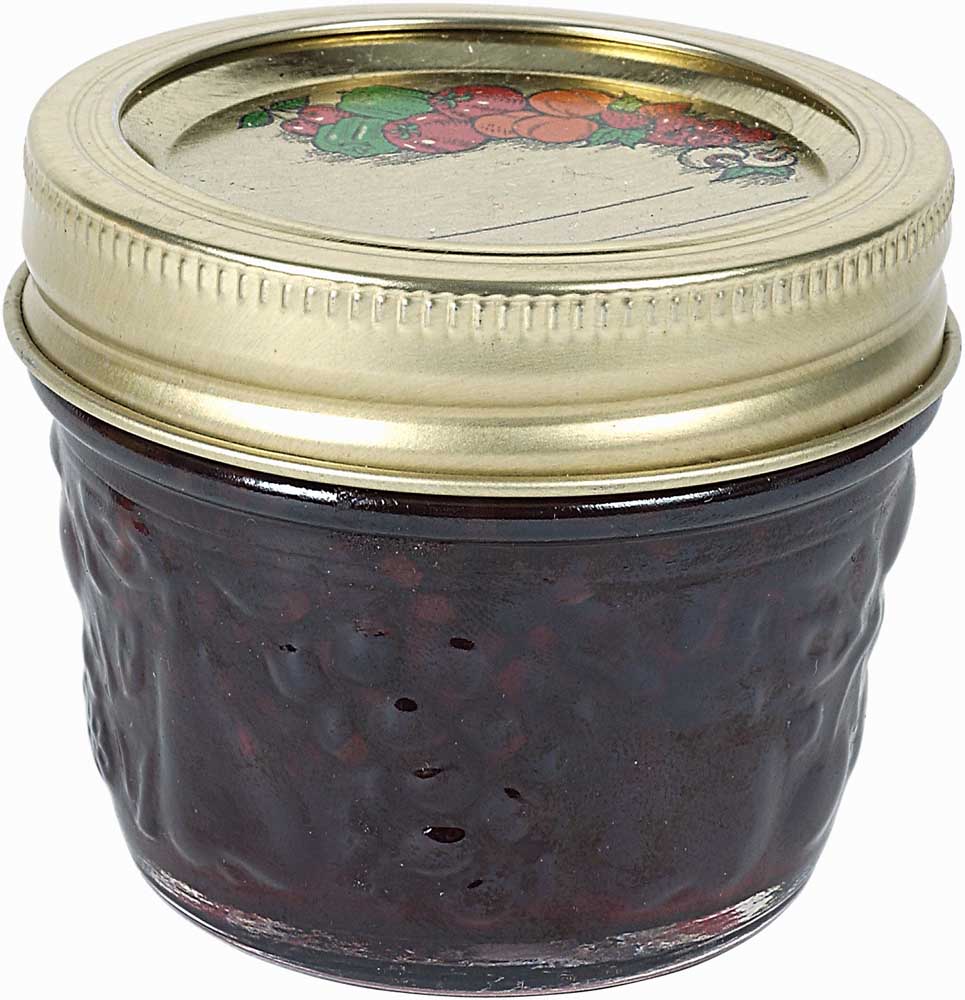Haskaps could be the next blueberry
Published 11:56 pm Tuesday, July 25, 2017

- (Thinkstock)
Summer berry jams are the ultimate gift in my opinion. Last summer, I was gifted a jar of haskap berry jam.
Haskaps are being talked about as the other blueberry. The haskap (Lonicera caerulea) is prized in Japan where it is called the berry of “long life and good vision.” Haskaps are a subspecies of blue honeysuckle and should not be confused with honeyberries, which are a blue honeysuckle variety from Russia that does not perform well in the Northwest.
The early breeding of the berry by Siberian scientists approximately 65 years ago indicated that although the berry looked good, the taste needed improvement. Over the years new varieties have been developed that meet the needs and the taste buds of the home gardener.
The haskap flavor has been described as a combination of raspberry and blueberry with a hint of strawberry—mingling tartness with sweetness. The haskap has many favorable traits that should interest gardeners in our area. The bush is frost-hardy (with blooms) reported to have withstood temperatures as low as 17 degrees, and dormant plants have withstood temperatures as low as minus 50 degrees.
Haskap research and development in the United States can be attributed to retired Oregon State University horticulture researcher Maxine Thompson. Thompson acquired Japanese seeds and began breeding plants for the Oregon climate in 2000. In addition to being grown in Japan, there are varieties grown in Russia. However, the Russian types need consistent cold winter weather whereas the Japanese varieties are more flexible. They do well in the fluctuating winter temperatures of Oregon. The Russian varieties are more suitable to the Canadian climate.
The berries contain more vitamin C than an orange and are high in anthocyanins and phenolic compounds. According to Thompson, the berries have been appreciated for their medicinal value and known in both Japan and Russia as health-promoting foods.
Haskap shrubs prefer rich, loamy, well-drained soil in full sun or part shade. Plants reach 4 to 6 feet in height and width.
The yellow flowers in early spring and bright yellow leaves in fall make them a desirable ornamental shrub as well as an edible berry crop.
The berries are dark blue with a white waxy covering similar to blueberries. The shape, however, is much different. Depending on the variety, it can be round, oval, ovate, pear-shaped, jug-shaped or long and thin.
The haskap requires cross pollination for fruit production. Locally, I was able to find two varieties. “Borealis” which is one of the best tasting and best suited for handpicking. “Honey Bee” is highly productive, with slightly tart berries and is a good pollinator for all other varieties.
The bushes produce fruit early, but don’t get anxious and pick until you have tested. The berries may look ripe but if they are green inside they are not ready. They turn a deep purple-red on the interior when they are truly ripe, which may take two to three weeks. The recommended harvesting method is either by picking or shaking the branches over a sheet.
The berries are well suited to any recipe that calls for berries, especially blueberries. Claims have been made that haskaps make a better muffin than the blueberries because the skin disintegrates when cooked. That feature also makes it popular with ice cream and smoothie makers. Haskaps freeze well and if dehydrated, have the texture of soft raisins.
The Oregon State University Extension demonstration garden at the fairgrounds in Redmond is testing several of Thompson’s plants. The plants, because they are part of a research program, do not have a variety name, which makes it all the more fun to follow.
— Reporter: douville@bendbroadband.com






